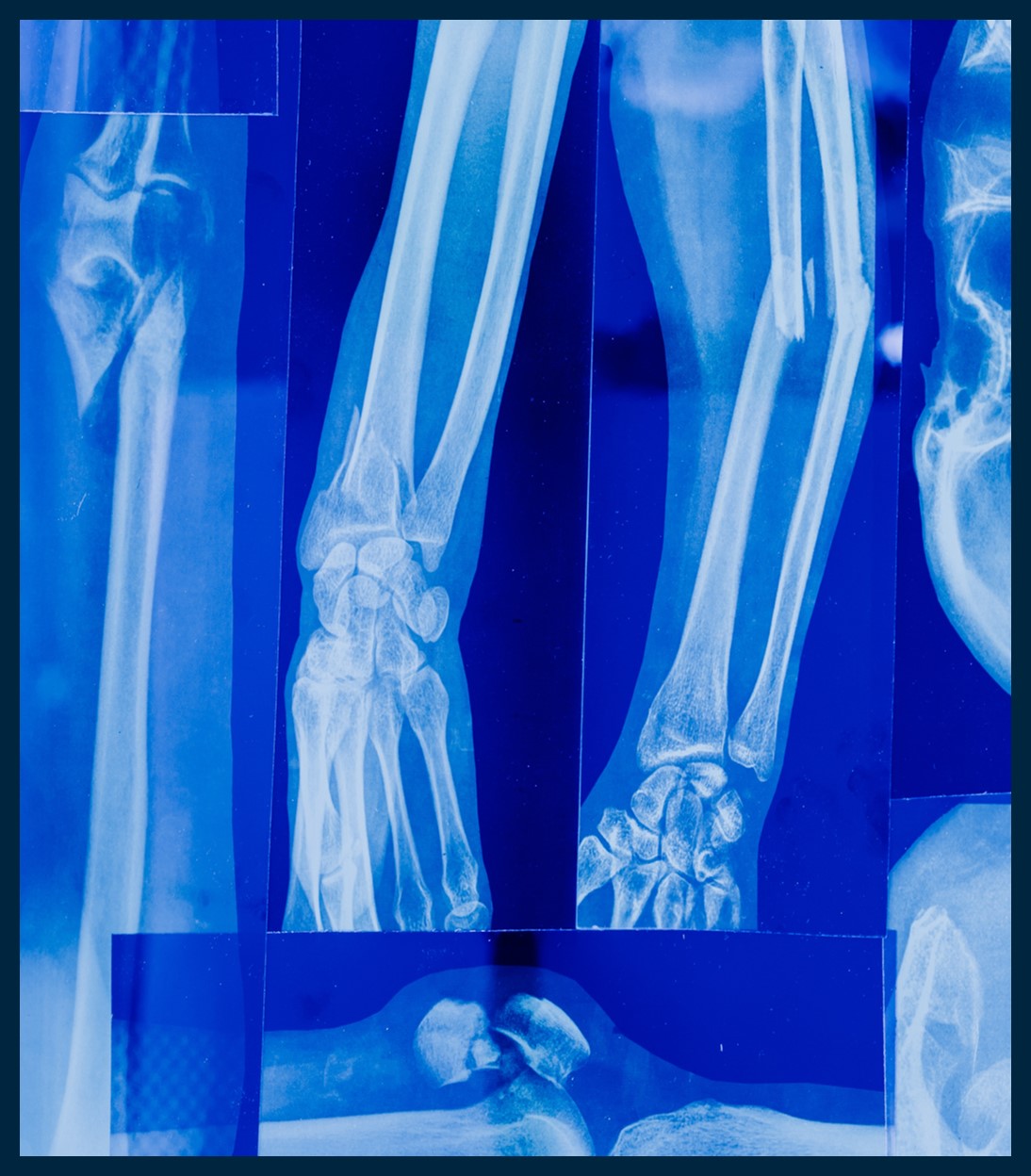

PROCESS
“Test drives”
Regenerative reliquary
Keywords: arts to STEM, concept development, bio art
Who?
Artist Amy Karle with the support of Autodesk, Autodesk’s Pier 9 Artist in Residence (AiR) Program, Bio/Nano Research Team, the Ember 3D Printer Team, Within Medical, Autodesk Software and Evangelists, California Academy of Sciences, Exploratorium: The Museum of Science, Art and Human Perception, and The Bone Room.
What?
Karle explores what it means to be human through art, design, science and technology. Leveraging the intelligence of human stem cells, she created “Regenerative Reliquary”, a bioprinted scaffold in the shape of a human hand, 3D printed in a biodegradable pegda hydrogel that disintegrates over time. The sculpture is in a bioreactor, so that human Mesenchymal stem cells seeded onto the design will eventually grow into tissue and mineralize into bone along the scaffold.
Why?
This case encourages envisioning both medical and artistic futuring, fostering innovation and education. This may serve as a foundation for further exploration and research opening conversation about transhumanism, synthetic biology, the future of medicine and implants and speculative design.
Results
This piece was the largest 3D printed scaffold for stem cell growth. This bio art established a new field in the art world, expanding opportunities for biomedical applications. This piece was intended as an artwork outside of the body, but the potential healthcare benefit of this approach could be that a patient’s own stem cells could be obtained and used for a personalized bone graft designed to be an exact fit and implanted with low risk of rejection since it is made of a person’s own DNA, avoiding complications of foreign implantation.

Regenerative Reliquary focuses on the dynamic organ and tissue in our bodies that is constantly remodeling and changing shape to adapt to the daily forces placed upon it: bone.
Bone is the structure and foundation that supports our bodies. It seems solid, but bone is very much alive and constantly changing. Bones are a material of life as well as a material that is left after death; historically used to make tools, accessories, art and objects. Throughout history, there has been a spiritual, macabre, and even miraculous agency associated with bones. Bones have been enshrined into reliquaries to serve as memorials, guidance, protection, objects of fear, superstition and devotion.
Referencing the traditional presentation of relics in their reliquaries, this piece is a finely detailed skeleton sculpture encased in a glass bioreactor. Instead of enshrining the inanimate remains left after death as a memorial to the life that was once there, Regenerative Reliquary presents the opposite, depicting the possibility of life from an inanimate object.
Sources
Karle, A., 2016. Regenerative Reliquary. [online] Amykarle.com. Available at: https://www.amykarle.com/project/regenerative-reliquary/ [Accessed 18 March 2022].